
The United Labour Party (ULP) is a social-democratic political party in Armenia. It is led by Gurgen Arsenyan.

Parliamentary elections were held in Armenia on 6 May 2012. President Serzh Sargsyan's ruling Republican Party gained more majority of the parliament seats. Armenia's wealthiest man Gagik Tsarukyan's Prosperous Armenia came second with about one fourth of the seats, while ANC, ARF, Rule of Law and Heritage won less than 10 percent each.
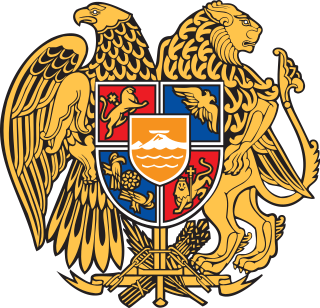
Snap parliamentary elections were held in Armenia on 9 December 2018, as none of the parties in the National Assembly were able to put forward and then elect a candidate for Prime Minister in the two-week period following the resignation of incumbent Prime Minister Nikol Pashinyan on 16 October. They were the first elections after the 2018 revolution and the country's first-ever snap elections.

Snap parliamentary elections were held in Armenia on 20 June 2021. The elections had initially been scheduled for 9 December 2023, but were called earlier due to a political crisis following the 2020 Nagorno-Karabakh War and an alleged attempted coup in February 2021.
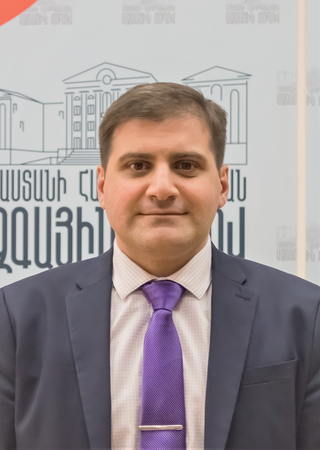
Arman Shamiri Babajanyan is an Armenian politician and journalist whօ previously served as an independent member of the National Assembly of Armenia.

The Unity Party, also known as the Consolidation Party, is an Armenian political party.

The ORO Alliance, also known as the Ohanyan-Raffi-Oskanian Alliance, was an Armenian political alliance formed by the merger of the Unity and Heritage Parties and the former Minister of Defence Seyran Ohanyan to run in the 2017 Armenian parliamentary election.

The For the Republic Party, also known as the Alliance for Defenders of Democracy is an Armenian political party.

The Alliance Party, also known as the Alliance of Progressive Centrists, is an Armenian political party. It was founded in 2015 and is currently led by Tigran Urikhanyan.

Voice of the Nation is an Armenian political party.

Armenia Alliance is an Armenian political alliance. It was founded in 2021 and is currently led by former President of Armenia Robert Kocharyan.

The Liberal Party is an Armenian political party. It was founded on 1 March 2021 and is currently led by Samvel Babayan, former defense minister of the Republic of Artsakh and leader of the United Motherland party in Artsakh.
The Shirinyan-Babajanyan Alliance of Democrats, also known as the Alliance of Defenders of Democracy Party, is an Armenian political alliance between the For The Republic Party and the Christian-Democratic Rebirth Party.
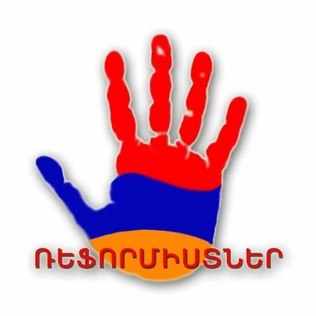
The Reformist Party is an Armenian political party. It was founded in July 2016 by Vahan Babayan.

Armenian Dream is an Armenian political party. It was founded in 2018 and is currently led by Armen Mkrtchyan.

The Dignified Way Party is an Armenian political party.
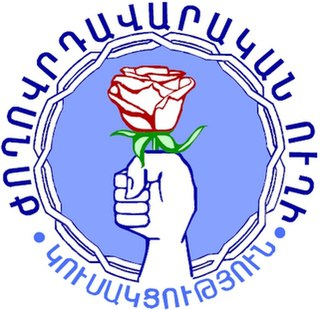
The Democratic Way Party, also known as the People's Way party, is a political party in Armenia. It is led by Manuel Gasparyan.

The Alternative Party is a political party in Armenia.

The Mother Armenia Alliance is an Armenian political party.
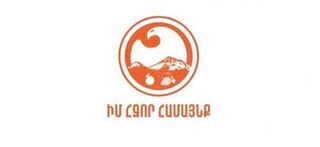
My Powerful Community, also known as My Strong Community is an Armenian political party. On 7 October 2021, Spartak Tartikyan became the Chairman of the party.



















